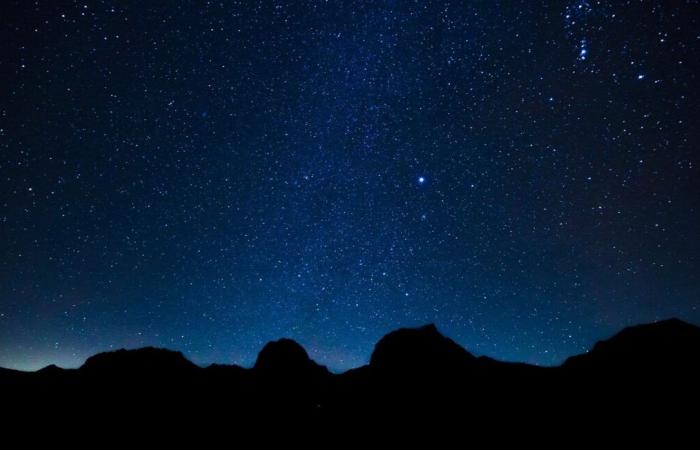She was born in the age of the first men. A team of American astronomers announced in the journal Nature this Wednesday having discovered the youngest planet ever spotted in our sky. IRAS 04125 + 2902 b, also called TIDYE-1b, is only 3 million years old. For comparison, this is 1,500 times less than our Earth, which is 4.5 billion years old, explains Universe Today.
90 times more massive than Earth
TIDYE-1b was discovered by Madyson Barber, an astronomer at the University of North Carolina at Chapel Hill and lead author of the study, using NASA's TESS telescope and the transit method. This technique, which has already been used in the past to detect around ten exoplanets aged between 10 and 40 million years, consists of identifying a planet by the reduction in brightness it causes when it passes in front of its star. This makes it possible to identify it but also to estimate certain of its characteristics, including its size.
According to data provided in the scientific publication, TIDYE-1b is ten times larger than Earth, its size closer to that of Jupiter. Its mass, however, would be much lower, corresponding to only a third of the gas giant, or 90 times that of the Earth. It orbits very close to its star located in the Taurus molecular cloud, circling in just under nine days.
Several specificities
This discovery is notable for several reasons. Firstly because it is particularly rare to observe planets orbiting such young stars. They are often hidden for at least 5 million years in the protoplanetary disk, namely the field of gaseous and dusty debris orbiting a star, and from which planets form. The flat shape of this disk also explains why the planets generally gravitate on the same plane.
“But here the disk is tilted, offset from both the planet and its star,” described Andrew Mann, associate professor at UNC-Chapel Hill. It is this particularity which made it possible to reveal this planet to researchers so early. In addition to providing definitive proof that planets can form before a star reaches the age of 10 million years, the spotting of TIDYE-1b “calls into question our current understanding of planet formation », Estimated the professor.






